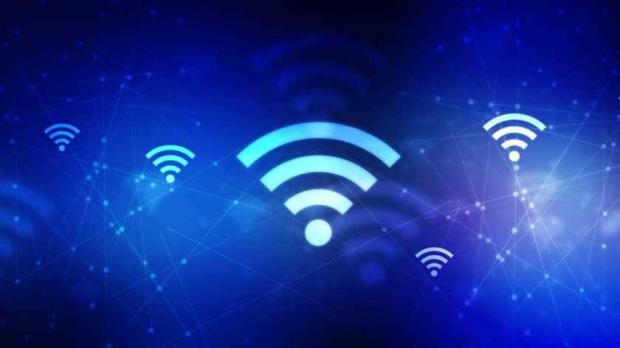
Breaking News
 They've Been Feeding You Poison (And Calling It Food)
They've Been Feeding You Poison (And Calling It Food)
 Tattoo ink may cause prolonged changes to the immune system
Tattoo ink may cause prolonged changes to the immune system
 Travel gadget promises to dry and iron your clothes – totally hands-free
Travel gadget promises to dry and iron your clothes – totally hands-free
 Duckweed: A sustainable, protein-packed food source smeared by Big Ag
Duckweed: A sustainable, protein-packed food source smeared by Big Ag
Top Tech News
 Perfect Aircrete, Kitchen Ingredients.
Perfect Aircrete, Kitchen Ingredients.
 Futuristic pixel-raising display lets you feel what's onscreen
Futuristic pixel-raising display lets you feel what's onscreen
 Cutting-Edge Facility Generates Pure Water and Hydrogen Fuel from Seawater for Mere Pennies
Cutting-Edge Facility Generates Pure Water and Hydrogen Fuel from Seawater for Mere Pennies
 This tiny dev board is packed with features for ambitious makers
This tiny dev board is packed with features for ambitious makers
 Scientists Discover Gel to Regrow Tooth Enamel
Scientists Discover Gel to Regrow Tooth Enamel
 Vitamin C and Dandelion Root Killing Cancer Cells -- as Former CDC Director Calls for COVID-19...
Vitamin C and Dandelion Root Killing Cancer Cells -- as Former CDC Director Calls for COVID-19...
 Galactic Brain: US firm plans space-based data centers, power grid to challenge China
Galactic Brain: US firm plans space-based data centers, power grid to challenge China
 A microbial cleanup for glyphosate just earned a patent. Here's why that matters
A microbial cleanup for glyphosate just earned a patent. Here's why that matters
 Japan Breaks Internet Speed Record with 5 Million Times Faster Data Transfer
Japan Breaks Internet Speed Record with 5 Million Times Faster Data Transfer
Wi-Fi Can be Used to Influence Brainwaves, Has Potential for Hypnotic Effects and Social Engineering

Radio-frequency (RF) radiation is constantly bombarding the cells and influencing brain waves. Of particular concern is extremely low frequency (ELF) waves, which have the potential to interfere with brain waves and make a person unknowingly enter a suggestive state of mind. Wi-Fi is a vector for social engineering, causing individuals to surrender their critical thinking to conform to official narratives and group think.
Keith Cutter, a well-known critic of modern wireless technology, has spent years exploring the darker side of Wi-Fi radiation. According to Cutter, Wi-Fi's impact is not limited to direct radiation exposure but also extends to more subtle and disturbing effects, including brainwave entrainment, cognitive disruption, and what he refers to as the "Wi-Fi memory effect" on body tissues.
The effect of radio frequency electromagnetic fields over time
Wi-Fi operates using radio-frequency electromagnetic fields, transmitting data via pulse-modulated RF radiation. While the technology itself may seem harmless — after all, most devices only emit relatively low levels of RF radiation — Cutter believes that the cumulative impact of this exposure over time is far from benign.
One of the primary concerns Cutter highlights is the effect of extremely low frequency (ELF) waves, which Wi-Fi broadcasts in addition to its higher frequency RF signals. ELF waves range from approximately 3 to 30 Hz, a frequency range that just so happens to overlap with the natural oscillation frequencies of the human brain. The brain's electrical activity is divided into different frequency bands, each associated with different states of consciousness and mental function:
Delta Waves (0.5-4Hz): Associated with deep sleep, healing, and relaxation
Theta Waves (4-8Hz): Linked to deep relaxation, meditation, and creativity
Alpha Waves (8-12Hz): Present during calm, relaxed states, such as daydreaming or light meditation
Beta Waves (13-30Hz): Associated with active thinking, concentration, and problem-solving
Gamma Waves (30-44Hz): Involved in higher cognitive functions like learning, memory, and sensory processing
Cutter is most concerned with 10Hz ELF pulses, emitted by Wi-Fi beacons. These beacons, which constantly pulse at this frequency, are essentially broadcasting a persistent signal to ensure devices remain connected. Cutter believes that the 10Hz pulse can have a profound effect on brain activity, particularly by inducing a phenomenon known as brainwave entrainment.

 Advanced Propulsion Resources Part 1 of 2
Advanced Propulsion Resources Part 1 of 2

